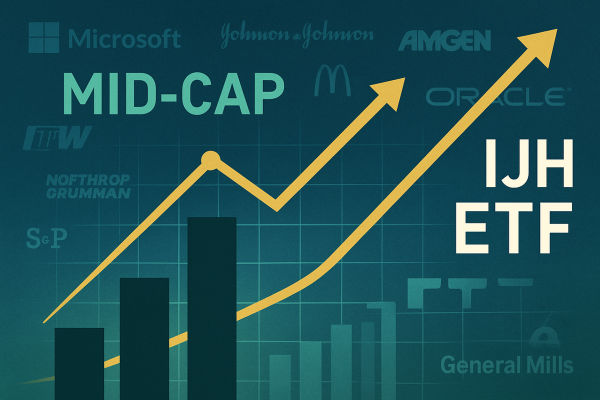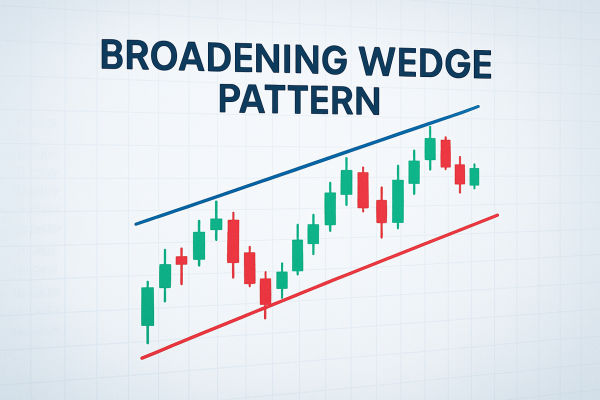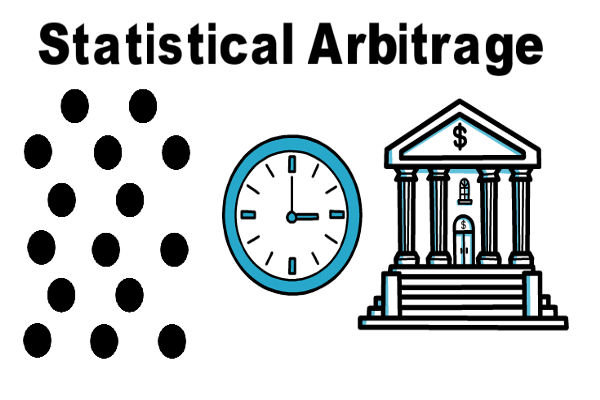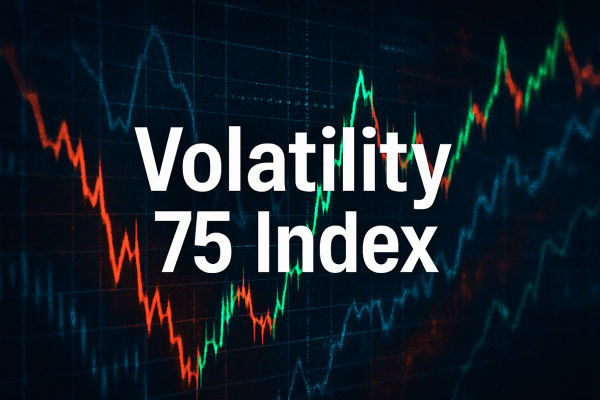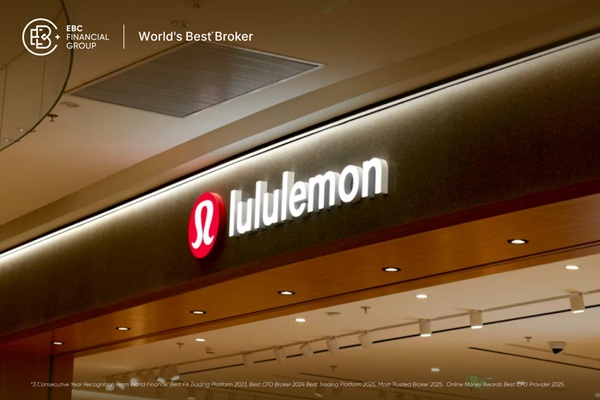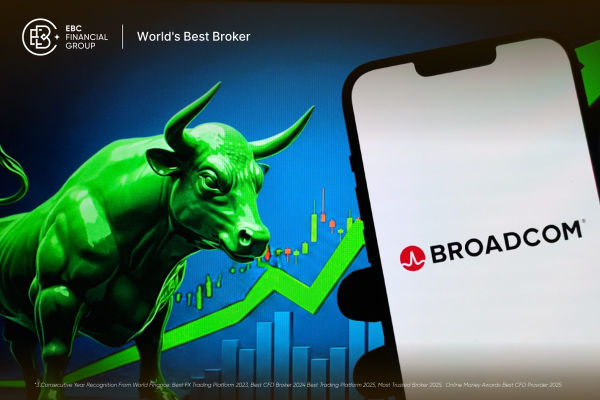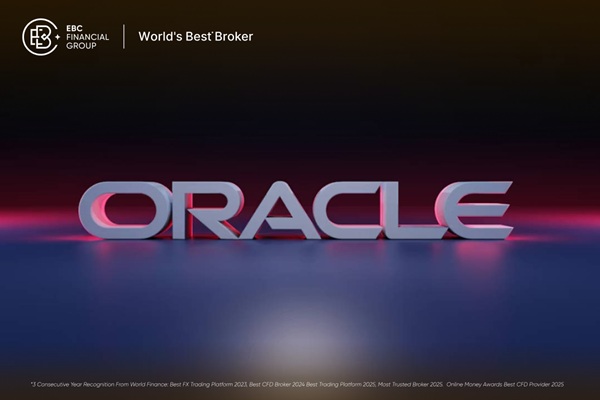When investors look beyond blue-chip stocks and small-cap ventures, the mid-cap space often strikes the right balance between growth and stability.
One of the most efficient ways to access this segment is through the IJH ETF. Designed to track mid-sized US companies, the IJH ETF offers broad exposure, sector diversity, and performance that sits comfortably between high-risk and low-growth extremes.
Before deciding if it fits your portfolio, here are five essential things to know about the IJH ETF.
IJH ETF: 5 Things Traders Must Understand

1. IJH ETF Tracks the S&P MidCap 400 Index
The IJH ETF is designed to provide exposure to medium-sized companies in the US equity market. It does this by tracking the performance of the S&P MidCap 400 Index, a benchmark that includes 400 mid-cap stocks chosen for their size, liquidity, and financial health.
Mid-cap companies typically fall between small and large caps in terms of market capitalisation. They are often considered the sweet spot for investors seeking a balance of growth potential and relative stability. The IJH ETF captures this segment of the market by including firms across diverse sectors such as industrials, financials, consumer discretionary, and technology.
Investors interested in the IJH ETF are usually looking for growth opportunities that may not be present in more mature large-cap stocks, but with less volatility than small-cap shares.
2. A Strong Diversifier for Equity Portfolios
One reason the IJH ETF is popular among long-term investors is its ability to enhance diversification. Many portfolios are heavily weighted towards large-cap indices, which can lead to concentration risk in just a few top-performing companies. Adding the IJH ETF provides access to a broader range of companies that are often underrepresented in typical large-cap funds.
Mid-cap firms tend to be more agile and growth-oriented than their large-cap peers. At the same time, they generally have more proven business models and stronger financial positions than smaller firms. This makes the IJH ETF a useful component in building a well-rounded equity portfolio.
In economic upswings, mid-cap stocks often outperform due to increased earnings momentum and expansion opportunities. By holding the IJH ETF, investors can tap into this potential without having to pick individual stocks.
3. IJH ETF Balances Growth and Risk
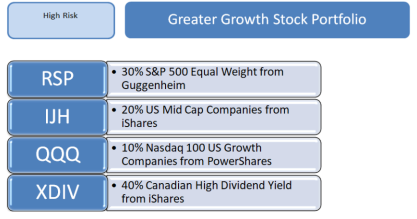
Another important aspect of the IJH ETF is how it balances growth prospects with a manageable risk profile. Unlike small caps, mid-cap companies have typically passed the early stages of business development and possess more resilient earnings. This stability can be particularly appealing during periods of economic uncertainty.
At the same time, mid-caps are still nimble enough to benefit from innovation, market shifts, and acquisition opportunities. The IJH ETF provides exposure to this growth potential while avoiding the more erratic price movements seen in smaller firms.
It is worth noting that, like all equity-based ETFs, the IJH ETF is still subject to market risk. Prices may fluctuate due to changes in interest rates, investor sentiment, or broader economic conditions. However, its focus on established mid-sized businesses offers a more moderate risk profile than funds centred solely on small-cap assets.
4. Sector Weighting Reflects Market Trends
The sector composition of the IJH ETF can offer insights into the broader mid-cap economy. Over time, the ETF has reflected strong representation in sectors such as industrials, financials, healthcare, and information technology. These areas often serve as key drivers of mid-cap performance.
By investing in the IJH ETF, holders gain access to sectors that are not always dominant in large-cap indices. For instance, the ETF might include more regional banks, engineering firms, or healthcare service providers, which play vital roles in the economy but receive less attention than tech giants or multinational financial institutions.
Monitoring the sector shifts within the IJH ETF can also help investors understand which industries are gaining momentum within the mid-cap space. This information can be useful when making strategic decisions about asset allocation or rebalancing.
5. A Cost-Efficient Way to Access Mid-Caps
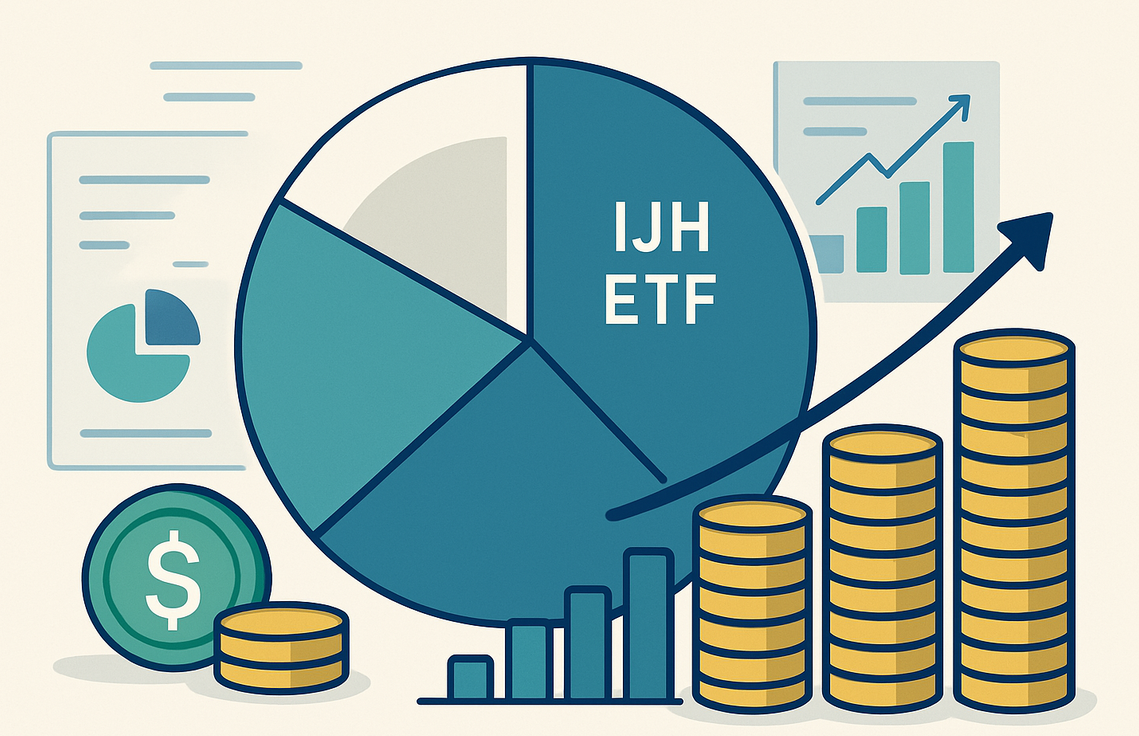
The IJH ETF offers a relatively low-cost way to invest in mid-cap equities. Its passive management structure helps keep fees lower than those of actively managed funds. Over the long term, this cost efficiency can have a meaningful impact on net returns.
In addition to its affordability, the IJH ETF is highly liquid and easy to trade. This makes it accessible for both institutional and retail investors. Whether you are building a core equity allocation or seeking to diversify an existing portfolio, the IJH ETF provides a straightforward and effective option.
Investors should still consider their own financial goals, time horizon, and risk tolerance before adding the IJH ETF to their portfolio. It is important to align the fund's characteristics with your broader strategy rather than viewing it as a one-size-fits-all solution.
Final Thoughts
The IJH ETF stands out as a solid choice for investors seeking exposure to the mid-cap segment of the US market. It offers a carefully structured portfolio, balanced risk profile, and potential for meaningful growth — all while maintaining accessibility and cost-efficiency.
Whether you are diversifying beyond large-cap holdings or starting a new strategy focused on mid-sized firms, understanding what the IJH ETF brings to the table can help you make more informed decisions. Its role in the market is clear, and for the right investor, it may provide the missing piece in building a robust and forward-looking portfolio.
Disclaimer: This material is for general information purposes only and is not intended as (and should not be considered to be) financial, investment or other advice on which reliance should be placed. No opinion given in the material constitutes a recommendation by EBC or the author that any particular investment, security, transaction or investment strategy is suitable for any specific person.
